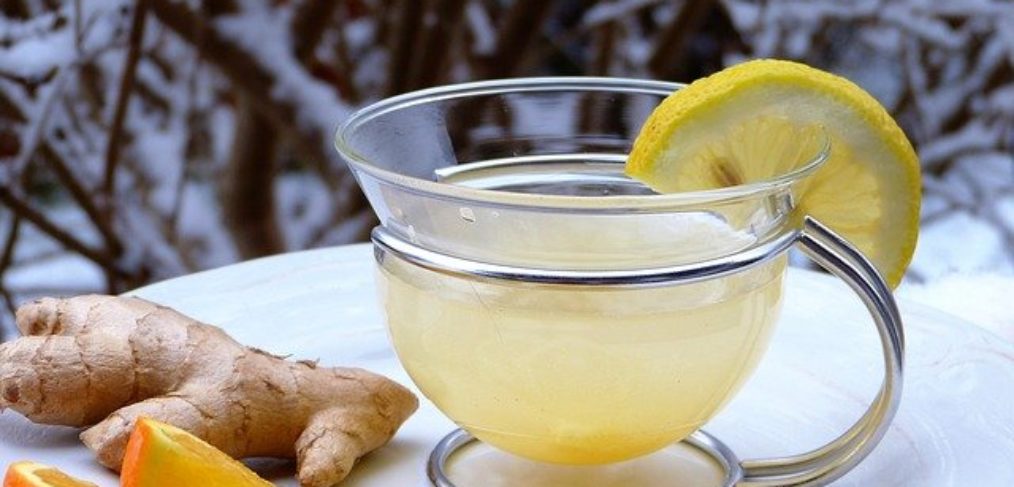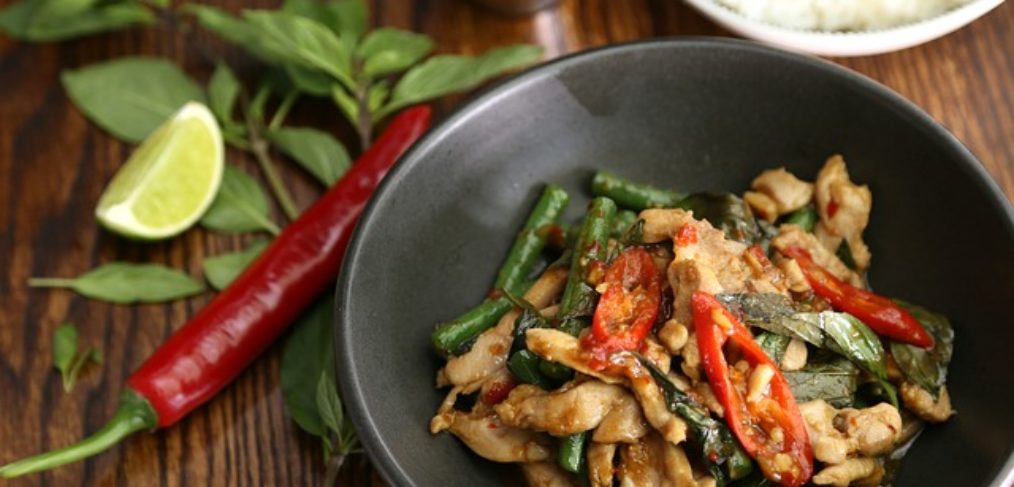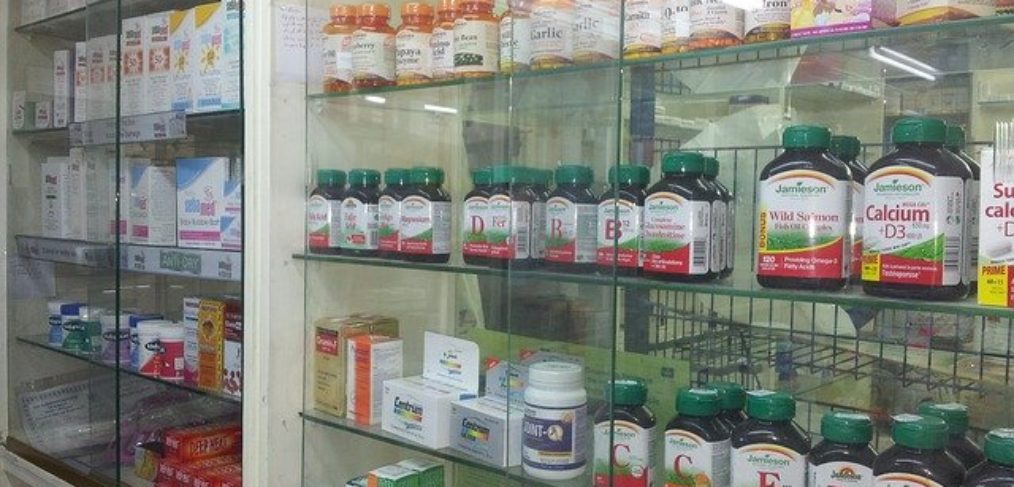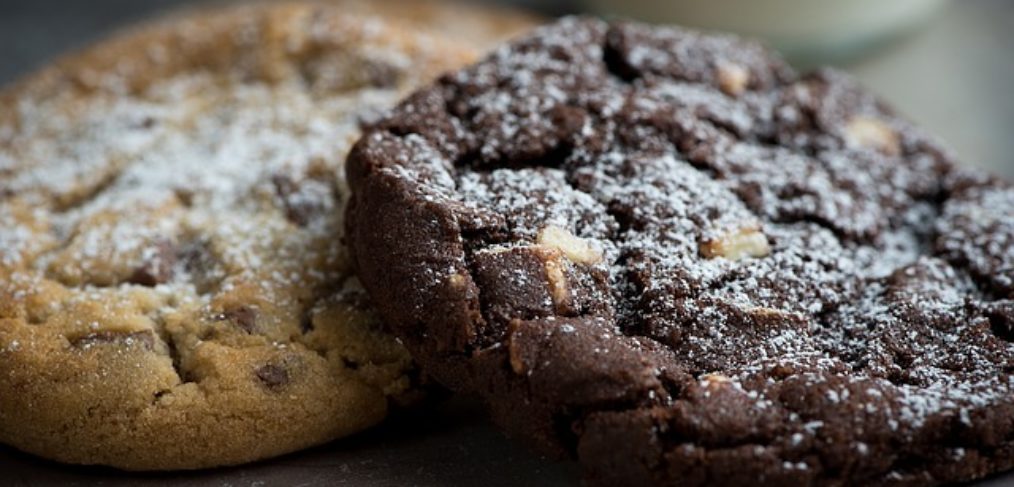Don’t resolve to lose weight in 2021. Rather, resolve to be healthier than ever before. Then, when you have optimized your digestion, blood sugars, metabolism, and hormones, your weight will take care of itself.
Prime Indicators of Health
Americans have been conditioned to believe that the scale accurately reflects their health. There are plenty of skinny diabetics, stocky athletes, and beautiful but fatigued models to disprove the weight-health connection. Yet, we continue to look at weight as an end-goal.
For example, if you were to visit your physician with tension headaches, high blood pressure, high cholesterol, and weight gain, you would likely receive a prescription for weight loss, along with a diuretic and a statin. But this would not address the reason for your symptoms. Weight gain is after all, only a reflection of your body’s function. It would not be accurate to say that excess weight is the cause of your headaches, high blood pressure, and high cholesterol. In this case, a resolve to lose weight would treat one of your symptoms. It would not necessarily make your a healthier person.
We can use many lab tests to assess whether you are thriving. Perhaps one of the greatest indicators, though is how you feel. Are you sluggish or energetic? Do you have plaguing cravings, or do your meals leave you feeling fueled and satisfied? Do do you feel bloated, and swollen. or do you move freely and easily? Is your mind foggy or clear? Are your moods unpredictable, or stable?
Roadblocks to Weight Loss
If dieting really worked, we would not have an epidemic of obesity. The CDC reports that the number of Americans on diets has risen 14% over the last decade, and yet, the rate of obesity also continues to rise. Estimates are that roughly 2/3 of the American population is now overweight or obese.
Here are some reasons why your body might be hanging on to those extra pounds:
- Dieting – Calorie restriction lowers your basal metabolic rate and convinces your body to hoard! It’s better to have an abundance of nutrient-dense foods for your body to run optimally. Then it can discard what it doesn’t need.
- Toxicity – Adipose tissue is the storage depot for toxins that your body cannot fully eliminate. Your body hangs onto the fat on purpose to protect you from organ damage. If you resolve to lose weight by drastic caloric reductions and extreme exercise plans, you put those toxins back into circulation. Unless your liver is a superhero and all your elimination routes are fully clear, you increase inflammation and stress in your body.
- Hormone Imbalance – Guess what! Your hormones are in control! Thyroid hormone determines how fast or slow your metabolism is. Insulin commands whether you store or burn your meal. Cortisol is the gatekeeper that admits other hormones into the cell. It’s all a symphony. If one is “out of tune,” it spoils the whole performance.
- Stress – When your are under constant strain, without regular breaks for relief, your body chooses to “stockpile” energy in the form of fat tissue to insure survival. It doesn’t know how long the threat will last, or if you will be required to flea at any moment. It does know, though, that if you are starved and depleted, you will not effectively make your escape. Thus, stress can increase weight even more than poor nutrition and empty calories.
Resolve to Lose Inflammation, Not Weight
What do toxicity, hormone imbalances and stress have in common? Inflammation! So, you will be most successful in your resolve for better health if you shed inflammation and stop worrying about weight. As noted in this post, sleep deprivation is one factor that increases inflammation. Therefore, getting a good night’s sleep is a primary tool for thriving health. Another tool is insuring good blood sugar balance. If you experience blood sugar crashes, you may want to enroll in our newest class for 2021, “Help! I’m Hangry!”
Baby steps are okay! Start where you are, and resolve to do a little better each day. If you are having digestive distress, or feel that your hormones are skewed, I can help.

















